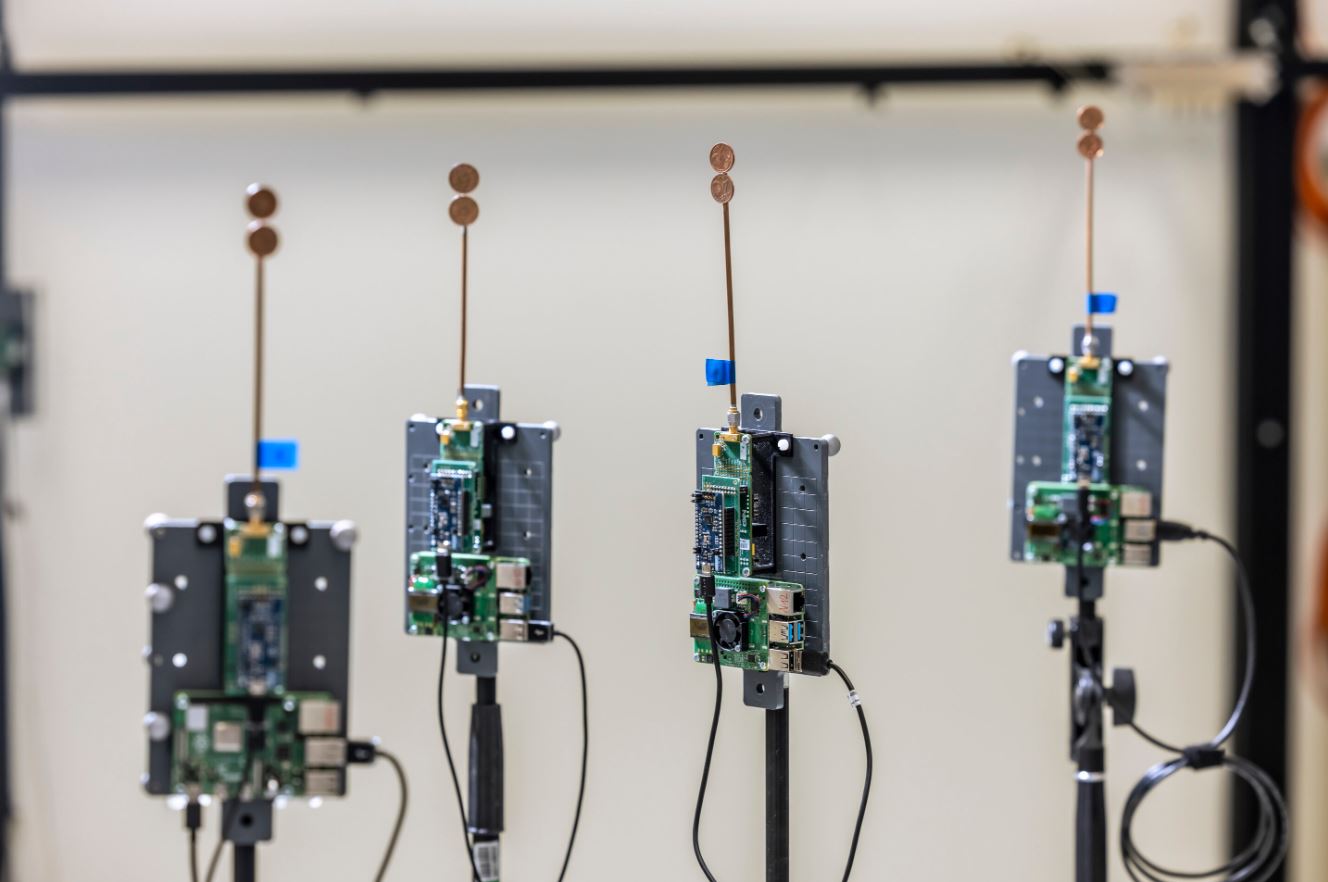 Tiny IoT devices have always had to cope with limited computing power, memory, and battery life. If you’ve ever struggled to squeeze advanced functionality into a small sensor, you’ll understand why the new techniques developed by researchers at COMET K1 center Pro 2 Future, TU Graz, and the University of St. Gallen are so exciting. By focusing on custom, task-specific AI models, they’ve managed to run effective algorithms right on the device – without leaning on external computing power.
Tiny IoT devices have always had to cope with limited computing power, memory, and battery life. If you’ve ever struggled to squeeze advanced functionality into a small sensor, you’ll understand why the new techniques developed by researchers at COMET K1 center Pro 2 Future, TU Graz, and the University of St. Gallen are so exciting. By focusing on custom, task-specific AI models, they’ve managed to run effective algorithms right on the device – without leaning on external computing power.
Take, for example, the ultra-wideband localisation setup that now operates with a mere 4 kilobytes of memory. Instead of deploying large language models, this system uses a specialised model designed to handle a precise task, like estimating distances. Michael Krisper, who leads the project at Pro 2 Future, explains that reaching this level of efficiency isn’t about cutting corners—it’s about using innovative techniques to tailor the process to the device’s strengths and limitations.
The breakthrough centres on a modular system. Rather than relying on one universal model, the system uses several smaller models, each crafted for specific interference scenarios such as metal barriers or human obstructions. A chip-based orchestration mechanism quickly identifies the interference type and fetches the relevant model in under 100 milliseconds – a speed that suits even busy warehouse environments.
Another clever tactic involves subspace configurable networks (SCNs). Instead of creating separate models for every variation, SCNs adapt dynamically to incoming data. This method has proven highly effective for tasks like object classification, processing images up to 7.8 times faster than when computations are offloaded. Added techniques like model folding, quantisation (which substitutes floating-point numbers with integers), and pruning (removing non-essential elements) further optimise performance by reducing energy consumption without a major dip in accuracy.
This work perfectly balances miniaturisation and precision. While the initial focus was on ultra-wideband localisation for industrial automation, the approach opens the door to many other applications. Think of enhanced security for keyless car systems or smart home devices that enjoy an extended battery life. The possibilities are as broad as they are promising.
Teamwork is at the heart of this development. Pro 2 Future handled the embedded systems and hardware implementation, with Olga Saukh in charge of embedded machine learning foundations, and Simon Mayer contributing his expertise in localisation research at the University of St. Gallen. Together, they’ve built a solid foundation for future products and innovative uses of AI on tiny devices.
By customising AI to work within strict limits, this approach not only pushes the boundaries of what small devices can do but also promises smarter, more energy-efficient technology in everyday life. It’s a clear step toward making every device smarter and more resilient, no matter its size.








